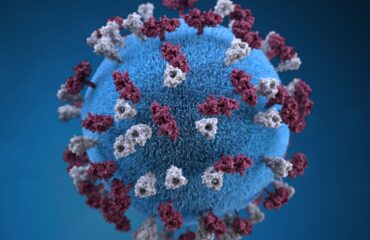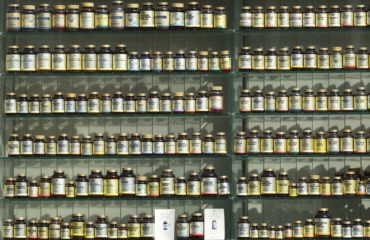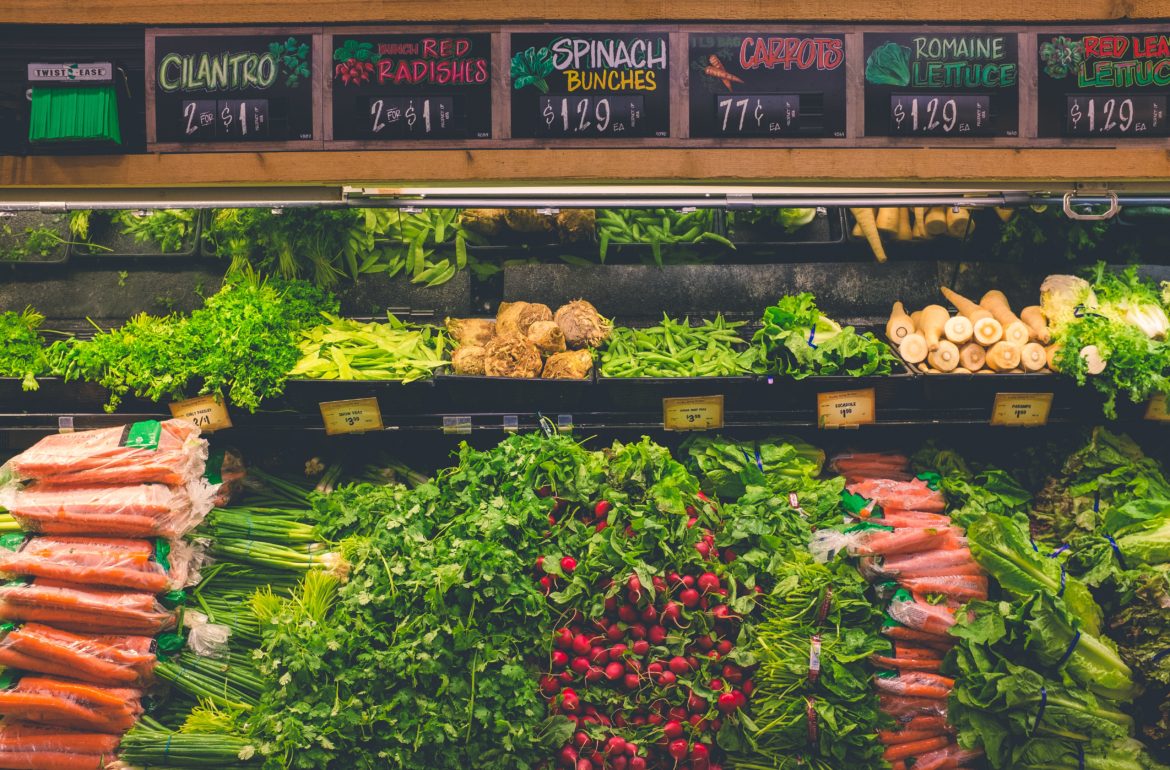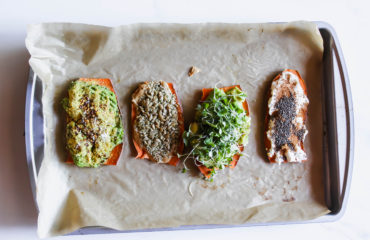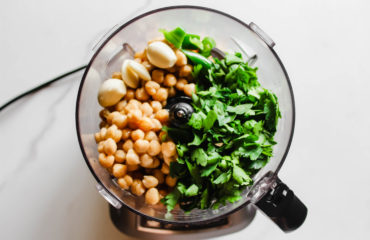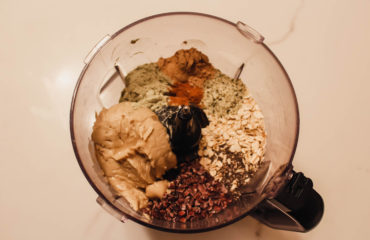Why Veggies?
Whether you love em’ or hate vegetables are vital powerhouses that fuel us with nutrients. Veggies offer fiber and micronutrients that the body needs in order to thrive. Fiber is responsible for helping the gut function optimally. It is used to help assist food and fuel through your digestive system properly. Incorporating fiber into your daily routine also has shown to lower total cholesterol, reduce blood pressure, decrease inflammation, and positively affect blood sugar levels. (Mayo, 2015) Fiber is one of those things that can help you feel full and satiated without eating “junk”.
Supplementing the diet with fiber supplements or fiber drinks is not equal. Eating raw or whole foods ensures that you receive ALL the fiber, vitamins, and minerals. Your body will absorb it better than a supplement, the way it was intended. Supplements can certainly assist in reaching nutrition and health goals, but the bulk of your nutrition should never come from shakes, supplements, processed foods, etc. Eat the real deal, it’s far less expensive anyway. #eatrealfood
The Micronutrients
Each vegetable has its own DNA, so-to-speak. It has its own special nutrients it houses for you and me! One way to approach vegetables is by their color. Color is indicative of specific phytonutrients and antioxidants. There are over 25,000 phytonutrients found in plant foods aka vegetables. Phytonutrients and antioxidants help fight disease, combat stress, and are responsible for synthesizing many beneficial processes in the body. A blogpost highlighting each of the specific benefits may be super boring, just know that the more colors the better!!! They have many protective properties that have the ability to affect nearly every body system. 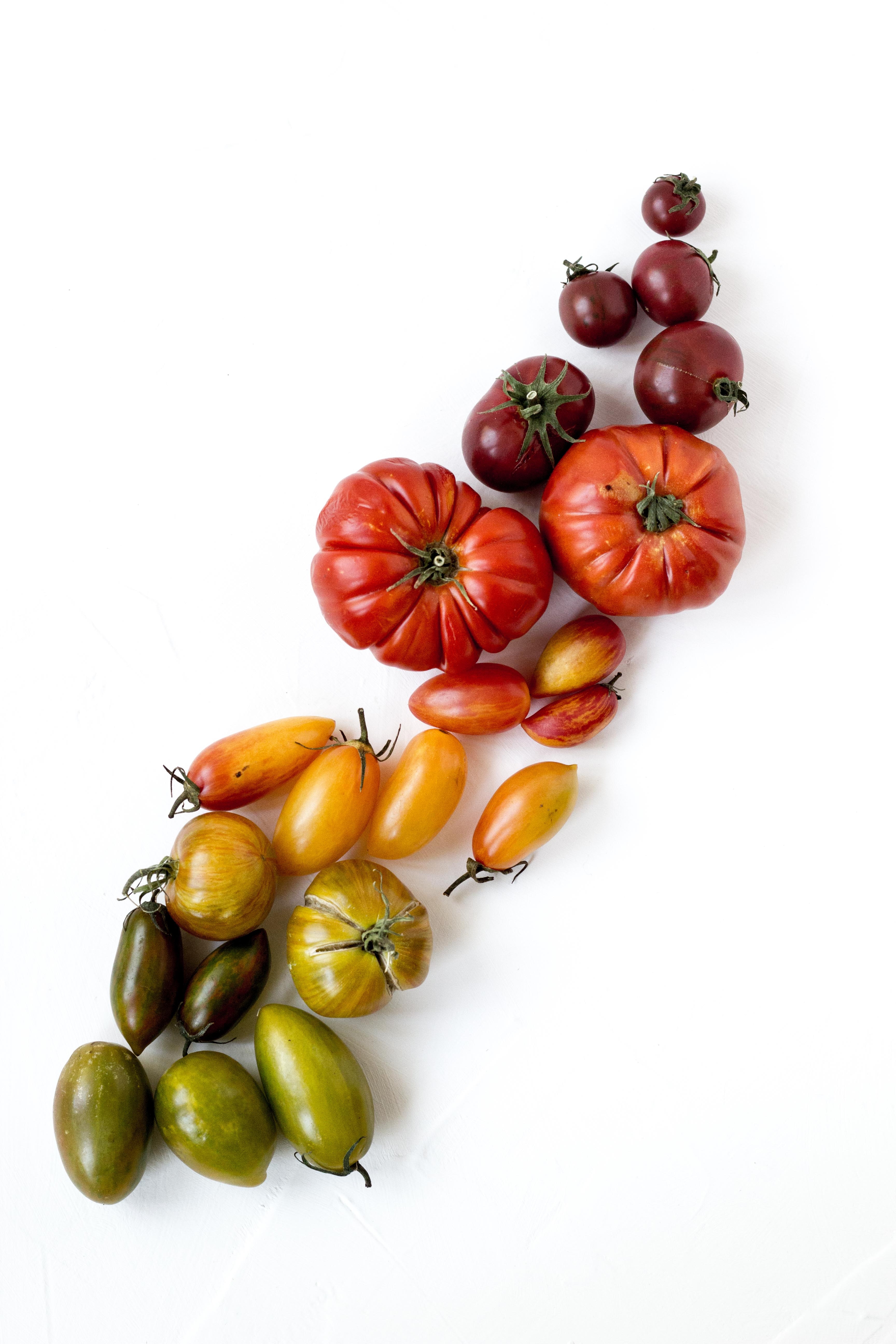
- WHITE / TAN / BROWN: allicin, quercetin, indoles, glucosinolates, EGCG (Epigallocatechin gallate), flavonols, sulfides
- YELLOW / ORANGE: carotenoids in general especially alpha & beta-carotene, beta cryptoxanthin, lutein, zeaxanthin, hesperetin, flavonols, terpenoids, phthalides
- GREEN: zeaxanthin, lutein, isoflavones, EGCG, indoles, isothiocyanate, sulphoraphane, coumestans
- BLUE / PURPLE / BLACK: anthocyanins, flavonoids, resveratrol, phenolics, hydroxycinnamic acids
- RED: carotenoids, lycopene, ellagic acid, quercetin, hesperidin, anthocyanidins, caffeoylquinic acids, hydroxybenzoic acids
Eating a variety of the above colors is important in order to enjoy the diverse amount of micronutrients and phytonutrients!! When it comes to veggies, eating IN SEASON and trying to source them LOCALLY is always the best. It should go without saying but fresh is the preferred choice, but frozen and fermented are also great alternatives if you do not have access to the fresh stuff.
5 Ways to Increase Veggie Intake
- Spiralizing veggies is SO MUCH FUN. This is probably my number one go-to! Spiralizing zucchini, butternut squash, sweet potatoes, etc. are great gluten-free alternatives too. Generally, vegetables will outrank any pasta or noodle when it comes to nutritional quality or density.
- “Ricing”, Veggie Hash, or Fritters – Swap out your rice bowl for some cauli-rice. This is helpful if you are trying to decrease your carbohydrate intake. One of my favorite breakfast hash’s contains sweet potato, carrot, and broccoli stem! Add a couple eggs or avocado and THAT is a great way to start your morning.
- Roast, freeze, and add to a smoothie! – Adding spinach to smoothies is no secret and juicing can be tasty but that option is usually very high in sugar/carbohydrates. Juicing, or any high sugar drink, can cause huge fluctuations in blood sugar. These fluctuations over time created more stress on the endocrine system and can lead to insulin resistance. Juicing also eliminates a lot of the fiber!! The FIBER IS SOME OF THE BEST STUFF. There are some awesome juice recipes out there that can assist in cleansing the gut, just make sure you aren’t losing out on the good stuff! For easy on the go frozen veggie cubes…cut the veggie of choice into small cubes. Roast, or steam, them until cooked through. Place them in a container to freeze and pull out whenever you need for future smoothies!!
- Soups. – Soups can really be so simple! Roast the veggies, add the herbs, add the spices, add the bone broth, take it all for a spin in the immersion blender or ninja, and waaa laaa!
- Make yo-self some fries! – I do not utilize #5 enough!! Sweet potatoes, yucca, carrots, parsnips, and zucchini are just a few examples of the best veggies for fry-making! Slice the veggie into the desired “fry” shape, toss in an egg wash or coconut oil, add whatever herbs/spices/cheese, and bake until perfection!
Vegetables are nutrient-dense, meaning they deliver many vitamins, minerals and phytonutrients for relatively few calories. Studies show that people who eat the most fruits and vegetables are the least likely to gain weight or develop heart disease and certain cancers. According to some sources you should be eating five to 13 servings of vegetables a day. That equates to roughly two and a half to six and a half cups of veggies per day that you and I should be eating.
When we consume the rainbow we consume the protective properties that they have! I hope the five ways listed above inspire you to incorporate more vegetables (AND A VARIETY OF DIFFERENT COLORS) into your daily routine. Check out your local farmers market for some of the most fresh and most colorful pieces. ♥
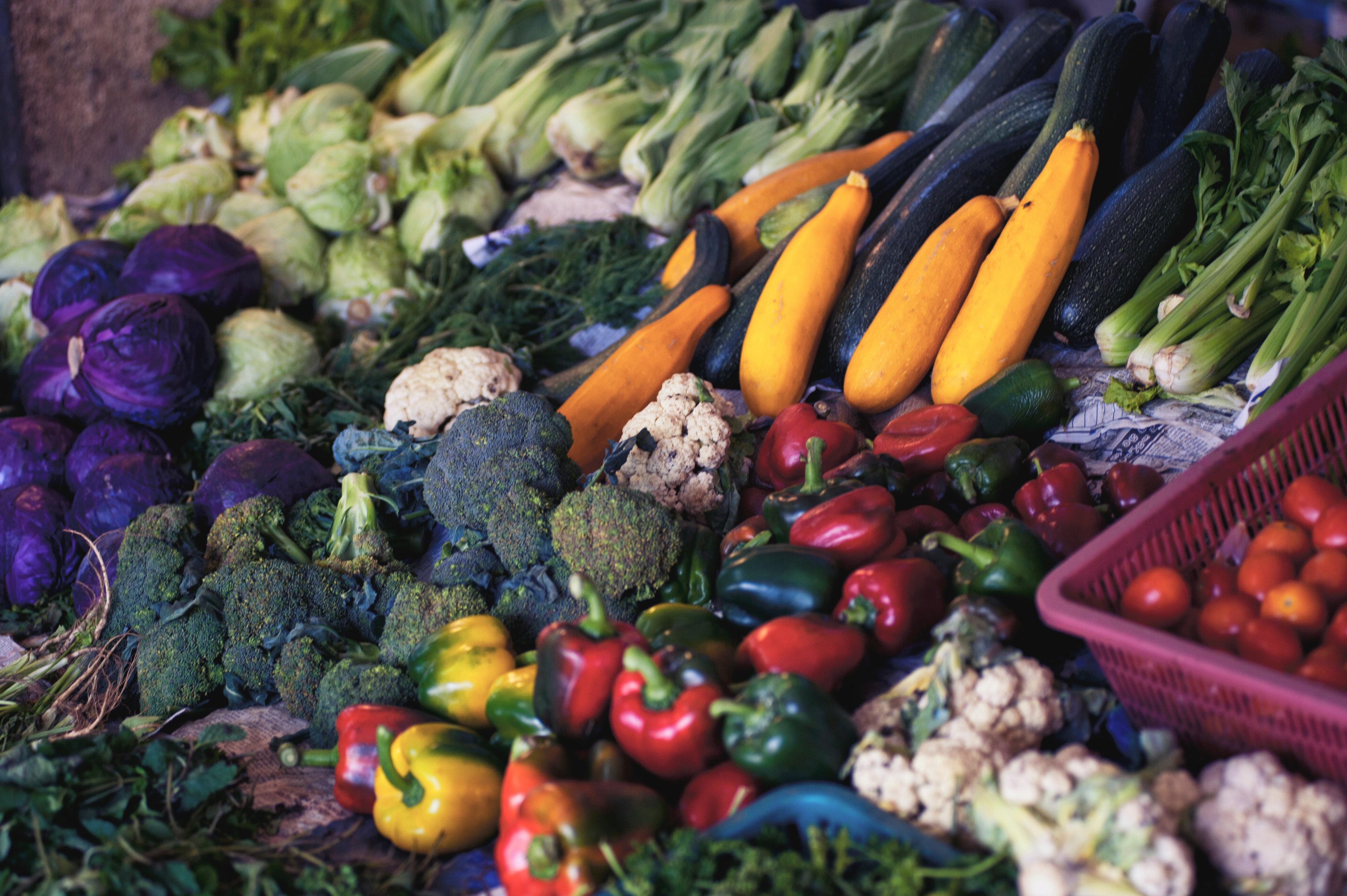
References
Add color to your diet for good nutrition. (2013). Harvard Men’s Health Watch, 17(12), 4.
Mayo. (2015, September 22). How to add more fiber to your diet. Retrieved from https://www.mayoclinic.org/healthy-lifestyle/nutrition-and-healthy-eating/in-depth/fiber/art-20043983
Precision Nutrition. Fruits and vegetables: This is what your grandma never taught you. (2018, May 04). Retrieved from https://www.precisionnutrition.com/color-chart
Upton, J. (2006). It’s Hard to Go Wrong With Almost Any Vegetable. Environmental Nutrition, 29(6), 5.

